System Management: What’s New in Pega 7
 | Redesigned tools make the installation and upgrade process simpler and easier. Schema changes are automatically rendered at install and upgrade time, and split schema support enables rolling restarts for upgrades with minimal downtime. |
Split schema enables rolling restarts for easier upgrades.
Split schema supports the definition of two schemas, rules, which includes the rule base, and data, which includes data and work objects. Both can be configured during installation or upgrade. With split schema, administrators can perform rolling restarts to support upgrades. A migrate script utility supports export of the rules schema from one environment to another and generates indexes and other objects for the rules schema. As shown in this image, the rules schema is upgraded once and copied to other databases, reducing server downtime. | 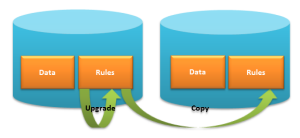 |
Simplified tools and new features for install and upgrade.
Simplified processAn Install and Upgrade Assistant (IUA) guides you through the installation process. Complete the installation or upgrade process using fewer screens, an updated flow, contextual help, and improved validation. | 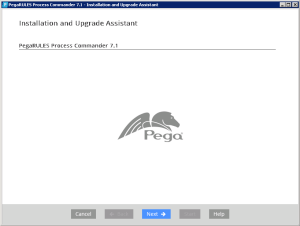 |
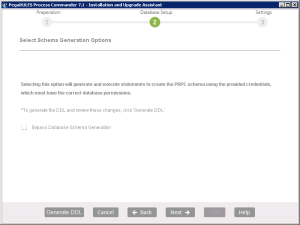 | Improved schema managementThe IUA performs automatic Data Definition Language (DDL) generation for all supported platforms. A new command line tool to generate DDL scripts is also available. At upgrade time, the IUA intelligently handles schema customizations by comparing the existing DDL with the Pega 7 DDL and applying only the differences. |
Integrated support for z/OSPega 7 includes support for z/OS installation and upgrade using the IUA. Job Control Language (JCL) scripts are provided but are no longer required. | 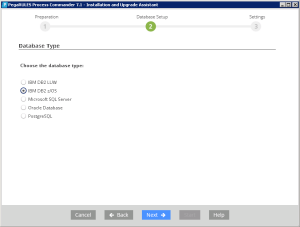 |
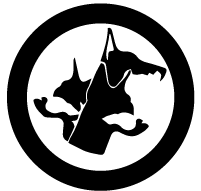 | Support for Kerberos on DB2Pega 7 offers the ability for secure installation and upgrade using the Kerberos protocol to provide mutual authentication of server and client identities using the IUA or a command line tool. |
Enhanced application distribution features.
Use the product migration utility to define and edit target systems and initiate application push to targets from the command line, script scheduled migrations of products from one environment to another, and view overall status from a summary log or request detailed logs from each target. | 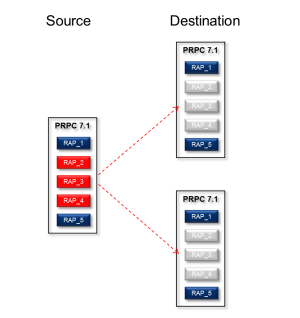 |
